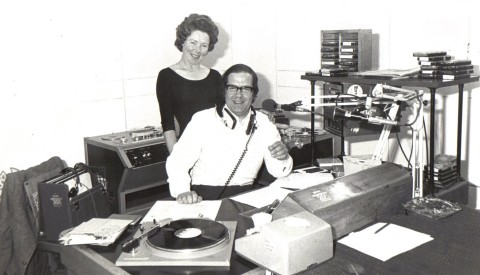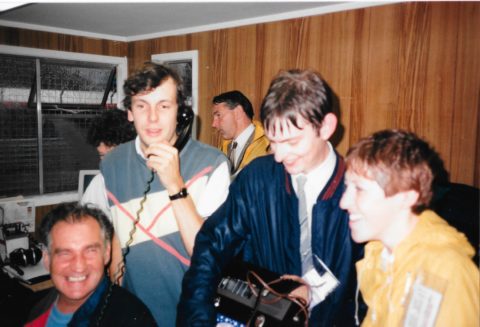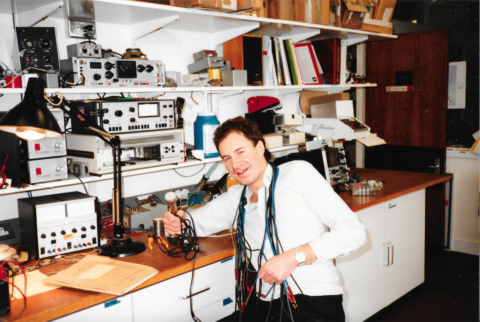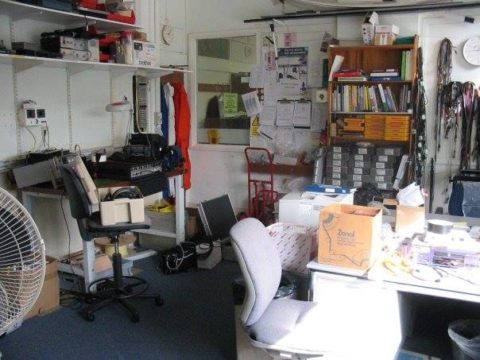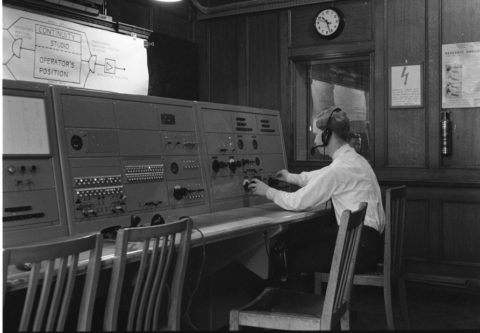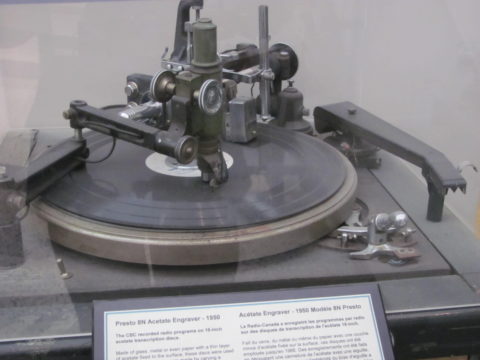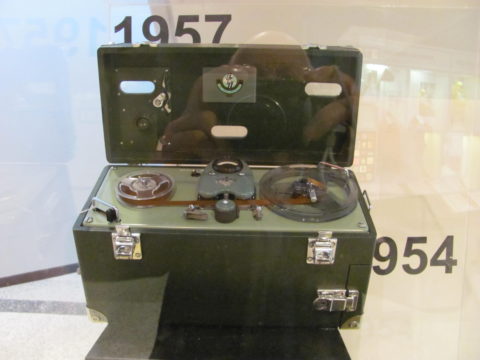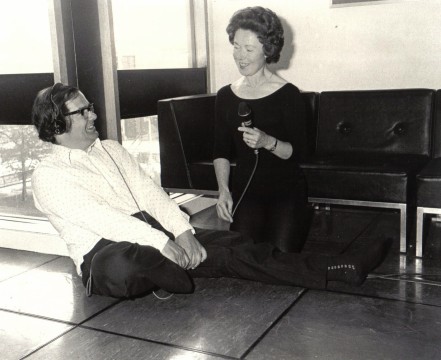
Late Summer 1979 and my regular mid-afternoon programme was again featuring one of those annual ‘Look after yourself’ features usually triggered by news press releases showing that we were all in need of more exercise, better diet, better teeth, etc etc. Into this discussion came listener reaction in the form of a letter from a Mrs Pat Mellor, a Yoga teacher from Shirley, Solihull. It’s not to do with diet or exercise she wrote, what everybody needs is Yoga and the particular form known as Hatha. The greatest problem facing us is stress she continued and that’s the killer. As a Local Radio Producer/Presenter I was daily becoming aware of this the hard way but was surprised to be told it by a listener. I was dispatched to her home armed with a Uher recorder to attempt to find out more. My reception was, to say the least, unusual and surprising. After the usual greetings this slim, diminuative red haired and enthusiastic lady invited me to…yes the words are locked in my mind….”loosen your tie, undo your trouser belt and lie down on the floor.” Not sure of what form of Eastern promise was about to be revealed and resisting the temptation to make my excuses and leave I did as she asked. Within fifteen minutes I was aware that the pressures of the day had lifted and I felt certainly relaxed. Pat had taken me through a few simple postures …not exercises…. and each posture linked to my breathing. As I lifted my arms for instance I was told to inhale, as I lowered them I should exhale. Same with leg raising…breathe in as they come up and out slowly as they were lowered.
Later over tea she explained that after the death a child of a few weeks old due to meningitis she had literally lost the will to live and contemplated suicide. With admirable intuition her GP had suggested that as part of her treatment she should try Yoga. It was so effective that when she had recovered she decided to take a training course to become a Yoga teacher. Within a year she was running several Local Authority Evening classes in local schools and several private ones in community centres and halls .There had been much opposition to furthering what were described as ‘heathen Eastern practices’ but as the authorities learned what she was proposing, simple relaxation and no mystical tuition they were surprised to find that Evening Classes run by this quiet lady were thriving. Now listening to endless radio presenters encouraging people to do strenuous exercises she had concluded that they were adding to the stress not reducing it. She had a mission. Stress was part of the body’s system for coping with threats and danger stimulating the production of chemicals in the body such as adrenalin to make it work harder to escape from the threat. Quietness, relaxation and what she called ‘me time’ was the answer, but it took time and it took quietness to achieve. She had contacted a local commercial station with her idea and been offered one and a half minute segments which clearly showed the man there had not followed her train of thought. Well he hadn’t been asked to lie down on the floor in a quiet drawing room had he?
So how to translate this into a radio slot which didn’t consist of dead air? I invited her in to appear on a live phone in and amazingly she took to the microphone like a duck to water as they say and even in the busy atmosphere of a telephone conversation she demonstrated just how effective a few quiet minutes in the presence of a calming voice could be and as a result I decided to let her take over fifteen minutes of my show every Wednesday afternoon. We had printed a free leaflet showing Pat demonstrating about twenty postures together with pre-broadcast advice. The broadcast format was easy…after a few minutes chat about today’s topic she would cue in her famous evening class background music the Moonlight Sonata and with that calm, smooth, Irish voice take us through a particular posture. To guide her to see how a typical listener would react I would courageously abandon the control panel and sit or lie on the floor and attempt to follow her instructions. On one memorable occasion involving total relaxation I fell asleep and Pat standing at mic.2 with the vinyl record nearing its end she took the decision to wake me by kicking my foot, trusting I would not come to with a jump or a shout. Luckily her gambit paid off and I leadenly came to, slowly clambering back up to the panel with the listeners unaware of the potential chaos that had threatened. They weren’t aware of it anyway, they were all asleep as their subsequent calls to the station over the next hour or so bore witness as they eventually woke up! Dangerous radio? I think not. Most of them revealed how refreshed they were and able to carry on the rest of their day with calmness and a better approach to the matter in hand.
For 26 weeks Pat continued her mission to relax the West Midlands. The response was amazing and luckily from the boss’s point of view too as the listener count in a traditionally low figures time of day increased. Pat had also developed other smaller non Yoga relaxation ideas…few people for instance realized just how tightly they gripped the steering wheel when driving so Pat devised her ‘traffic jam finger exercises, to help drivers overcome their four wheeled stress.
Yet another seemingly outrageous idea had born fruit as a result of the pioneering approach that Local Radio was able to take to develop the community responding to the challenge of broadcasting its own material.
I was never the same again either. My lifestyle was enhanced and my broadcasting career improved by the simple addition of ‘me time’ and ‘at the desk’ relaxation.
Oh and yes, the inevitable did happen. Pat and I got together and eventually married and I finally discovered my own Nirvana…… sometimes even without the tie and trouser belt …but that’s another story beyond the remit of this website.
I have written this nearly thirty five years after our first meeting and just a few weeks after the death of my beloved Yoga teacher and closest, best friend. Her techniques have helped me cope with my terrible and almost unbearable loss. I still practice the breathing and some of the postures. I smile and look at her photographs taken in the studio.
Simple Hatha yoga can enhance a life in more ways than one.
Pete Simpkin
